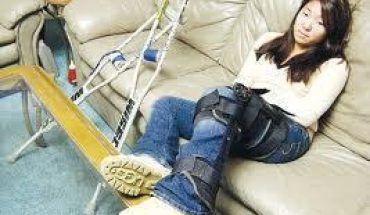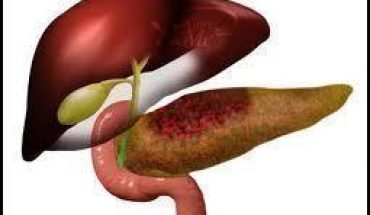Posttraumatic Stress Disorder or PTSD may be triggered by any incident of a traumatic nature. This is more likely to occur if the incident causes fear, threatens the life of the individual, or severely impacts the emotional well being of a person. Examples of the types of incidents that may trigger this are: receiving news of a fatal diagnosis, facing torture or kidnapping, participating in violent conflicts, or falling victim to violent crimes such as rape, assault or mugging. Sometimes individuals who are exposed to disasters whether natural (such as hurricanes, volcanoes, flooding, and earthquakes),or man-made ( such as arson, toxic waste spills, or radiation release accidents) are prone to PTSD. Normally posttraumatic stress disorder will follow very scary, possibly fatal, or very dangerous incidents and as such its impact has the potential to be both physical and emotional. The disorder is nonetheless categorized as emotional in nature. This is a condition whose history is concurrent with that of trauma in the human race. Its recognition is however fairly recent. This is so because prior to 1980, there was no formal recognition of a diagnosis of PTSD.
PTSD Symptoms
PTSD Symptoms include re-living the traumatic event through flashbacks and troublesome memories.
Avoidance
The individual may display avoidance (staying away from places that remind them of the event). Sometimes avoidance is so extreme that the individual develops a phobia of places, events, and people that remind him or her about the traumatic event.
Hyperarousal
They may also display hyperarousal which means they become very sensitive to routine life experiences. Physical signs of hyperarousal include; insomnia, concentration problems, bad temper, anger, lack of focus, blackouts or poor memory, becoming easily frightened, and hypervigilance which is an excessive watchfulness for danger.
PTSD tends to affect the size of a section of the brain called the hippocampus. This section of the brain plays a role in memory. The hippocampus is known to reduce in size as a result of PTSD. This in part accounts for the difficulties that PTSD sufferers have in adjusting to life after the trauma. The general numbing of emotional responsiveness which tends to accompany PTSD may be attributed to this factor. This may result in the person displaying a lack of interest in activities that were previously enjoyed. Additionally they may fail or refuse to plan for future events, indicating the uncertainty of life expectancy as a reason.
Substance Abuse
In addition individuals who suffer from PTSD tend to be more prone to substance abuse especially if the disorder is left untreated. When the individual receives treatment the likelihood of substance abuse is decreased.
Prevalence of PTSD Symptoms
PTSD symptoms are often seen among persons who use outpatient psychiatric related health care services. The terrorist attacks that took place in the United States of America in 2001 resulted in a spike in the number of Americans displaying PTSD symptoms. This included individuals who were neither direct witnesses, nor victims of the event. This indicates that one does not have to be present during a traumatic event to suffer from PTSD.





